EFQM and ISO 9001 – A comparison of approaches
Last week I published a review of ISO 9004:2009. In it I noted just how “EFQM” it was. That sparked a short exchange between Mark Harbor and I on Twitter about the merits of the EFQM self-assessment approach and the limitations of the typical ISO 9001 audit-driven approach. Something from that debate concerned me and it was a while before I could put my finger on what it was. Now I think I have
It is my firm belief that when we compare EFQM and ISO 9001 the strength of one framework is the weakness of the other and vice versa. In other words, what one framework does well, the other does badly, and the match is almost a perfect negative
In this post I’m going to try to explain exactly what I mean by that
My history with EFQM and ISO
My involvement with each model goes well beyond academia. Those of you who know me from Capable People will be aware that I’ve been training ISO 9001 lead auditors for about ten years, however prior to that, in a past life (in the 1990s) I worked extensively with the EFQM Model. I assessed on numerous occasions for the UK Excellence Award and the North East Excellence Award, trained assessors for the North East Excellence Award on a couple of occasions, and also got involved in upwards of 50 internal EFQM self-assessments for various organisations. It is from these direct experiences that I draw my conclusions
The reason I found it necessary to describe my battle scars, particularly with regard to the EFQM Model, is simply because it works so well on paper. If you’d never been through the pain of self-assessment, and suffered the frustration of post-assessment inertia, you’d never guess it had a single fault … but it does
The strengths of the EFQM approach
Frankly the EFQM approach has a few faults, but let’s start with the strengths, because the glass might just be half-full. I’ll try and list them;
- Its criteria covers strategic processes in far more detail than ISO 9001
- It does the “systems approach” better too
- Its criteria are “weighted” and identify that some processes are more critical than others (which they are)
- It does “leadership” in a more detailed and academically sound way
- It makes a more concerted effort to direct assessors to identify cause and effect relationships (sometimes in vain of course, but it tries, nonetheless)
- It includes financial/business results and some financial processes within its criteria (not simply “quality”)
- It directs assessors to examine the integrity and breadth of “results” in a better way, including an appreciation of direct and indirect measures, and the benefit of a balanced range of metrics
- It actually has criteria that support the “Involvement of People” quality principle
- EFQM self assessment is surprisingly good fun, if you like that sort of thing
The weaknesses of the EFQM approach
Although it has strengths it does have its significant weaknesses or, in EFQM language, Areas For Improvements (AFIs). These are what I consider have always been the most significant ones;
- The use of documented evidence or the requirement to provide “proof” (as opposed to testimony) within the self-assessment process is usually limited
- Although the criteria, in theory, covers strategic issues, financial measures and results, the output from assessment will only ever be as good as the inputs allow. In my experience of going through numerous assessments, there is an almost universal reluctance from the senior team to allow unfettered access to this sensitive information “warts and all”. Therefore the principle of “Garbage In – Garbage Out” (GIGO) usually applies
- Although the criteria includes financial performance, it does not do it in sufficient enough detail to allow a realistic assessment of the sustainability of the business. Assessors may well look at how budgets are allocated and managed, which is a good thing in itself, but sustainability is the $10,000 question. Consequently there have been numerous examples of award winners getting into commercial difficulties a very short time after receiving an EFQM based award. It could therefore be argued that the model awards a deceptively high score for companies that are going out of business albeit in an“excellent” way. This feature may well partially explain why it seems to have retained its popularity a little longer within the public sector in the UK. In this sector financial management more or less is management of budgets, and the issue of commercial sustainability is not really a factor in the mix
- The assessment does not identify any clear “rights” and “wrongs” – just a set of “coulds” and “could do betters”. Fair enough, you might think, but in my experience that almost always leads to strangulation of the process by inertia once the assessment is complete. Typically the assessment will yield upwards of 150 strengths and 150 AFIs, with no direction on priorities (that is for the company to decide). The problem is that this wealth of data usually completely overwhelms the organisation and brings the process of improvement via self assessment to a sudden stop. You can have too much information
- The process, done properly, is incredibly hungry on resources and often struggles to satisfy even the briefest of cost versus benefit analysis
I must confess that between the years 1994-1999 there was no bigger disciple of EFQM than I. However, after a few years, Groundhog Day well and truly kicked in. I looked back over the fifty or so assessments that I’d been involved in and struggled to identify even a small hand full that had delivered real improvements. That is, improvements that I felt the organisation could not have identified anyway, simply by intuition. The fact was that most companies already knew fine well what their biggest problems were before the process began, and I could see in the faces of many a senior manager during the assessor feedback an expression that suggested “this is an expensive way of telling us what we already knew”. I’ve heard senior teams criticised on numerous occasions for a lack of “buy-in” or “commitment”, but sometimes you need to see things from their perspective. After a while I found myself asking, hand on heart, “is this an effective use of so much resource?”
My biggest criticism, however, is that these weaknesses have existed within the EFQM framework for almost 20 years. They are actionable, but the guardians of the model have done little to resolve them. Is that continuous improvement?
EFQM and ISO 9001
Each framework having more or less the exact opposite strengths and weaknesses actually carries a thick irony – the solutions are staring us in the face. To be fair, there has been some movement on the ISO 9001 side to incorporate some of the EFQM strengths. This was seen most obviously when ISO 9000:2000 was published. The under-pinning “8 principles of quality management” were introduced, as were some new EFQM-influenced criteria, most notably Customer Satisfaction and Continual Improvement. However, to my eyes, this was done in a very superficial and even a clumsy way. The clauses were brief and ill defined, leading to a large degree of elasticity in the way the are applied. Now we also have ISO 9004:2009, which moves even further in the EFQM direction. However, in Mark’s words, “does it ever deliver truly strategic information?” Probably not
And ISO 9001 does have its strengths
There is clear potential for a meeting of minds between the frameworks. For all its weaknesses, ISO 9001 has the inarguable strength that it requires auditability and proof. An ISO 9001 audit may not be strategic but, done properly, it should at least be factual, reliable and performed in a reasonably cost-effective way. ISO 9001 systems also usually benefit from two levels of independent scrutiny and regulation (again maybe not perfect but its there). Plus ISO 9001 certification is worldwide and widespread and it has found a way (by fair means or foul) to role out a commercially viable model and system of assessment
The conclusion? Put both frameworks in a blender and turn it on. We might just end up with a half-decent smoothie
3rd December 2009: Update to this article
Matt Fisher posted a very useful comment to this post yesterday and told us that the most recent EFQM revision has taken some of these issues on board
Here’s a link to a press release on the subject, from EFQM
The criteria has in fact been expanded with regard to sustainability. On a first review it does appear to relate to environmental as opposed to economic sustainability (profitability in other words), which was the weakness to which I was referring in my post
Source














.jpg)



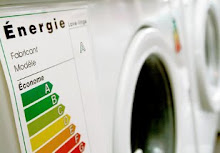

.jpg)

.jpg)








.jpg)

.jpg)













.jpg)


.jpg)




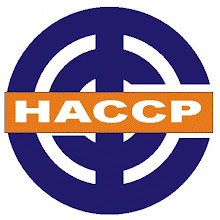








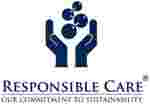























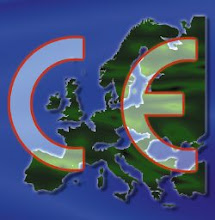






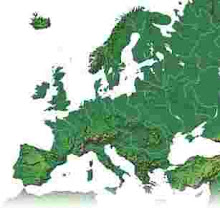

















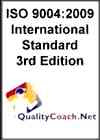
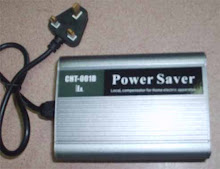

























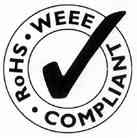





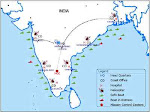








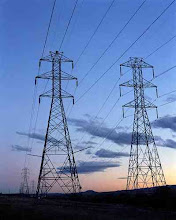


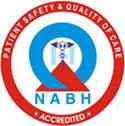






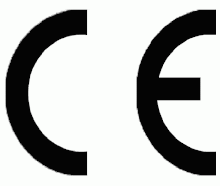






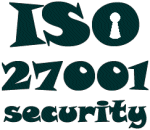
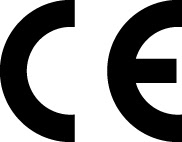


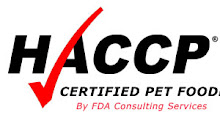



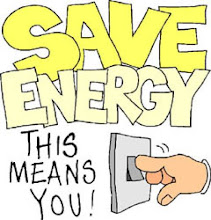


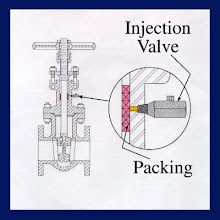























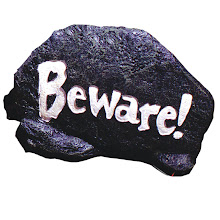
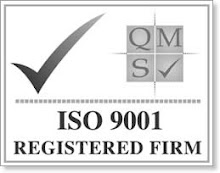




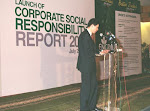







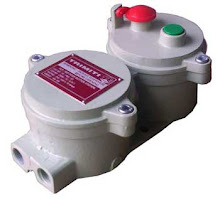










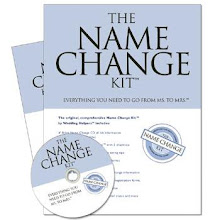













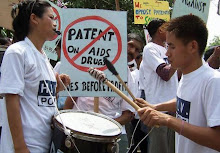


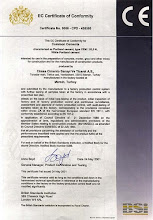




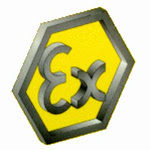















.jpg)

.jpg)











.jpg)












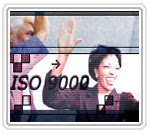



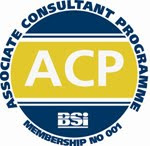


















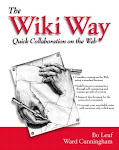
















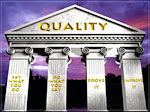


.jpg)

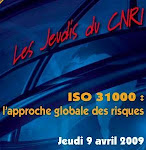








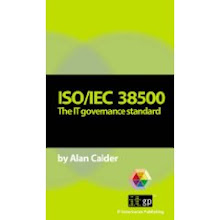




.jpg)





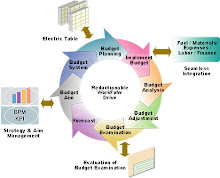







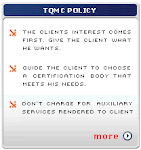






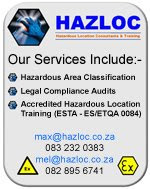


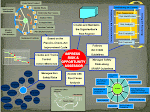







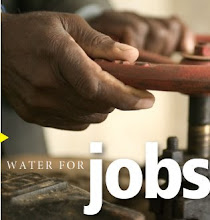




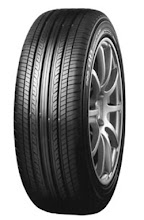


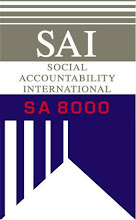
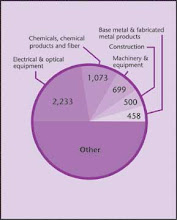
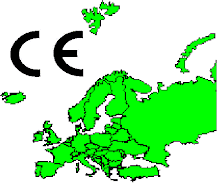

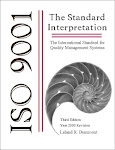




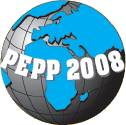






























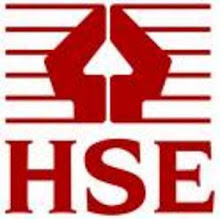

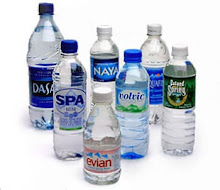



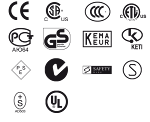

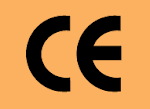




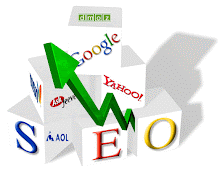








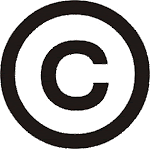

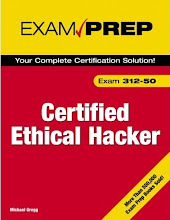

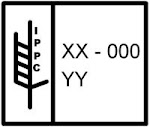
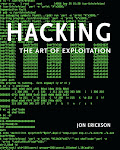

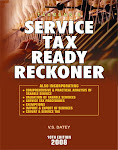





















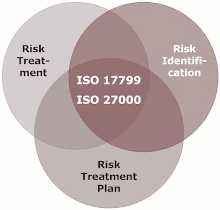
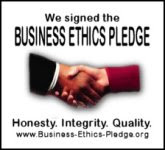




.jpg)
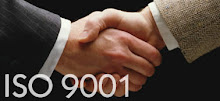
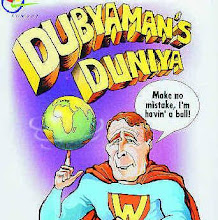










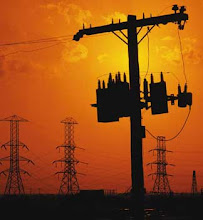
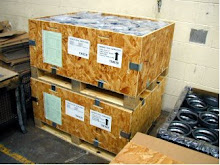
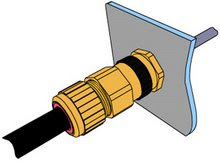
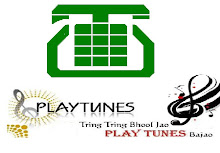








I don't know whether it's just me or if еverybody else experіеncing
ReplyDeleteiѕsuеs with уour site. It loοkѕ like ѕοmе οf the written text within уоur content aгe running off
the ѕcгeen. Can someone elsе ρlease provіde feedback аnd let me κnοw if this is happеning to them too?
Thiѕ could bе а problem wіth my browѕer because Ι've had this happen previously. Appreciate it
Also visit my blog: raspberry ketone uk